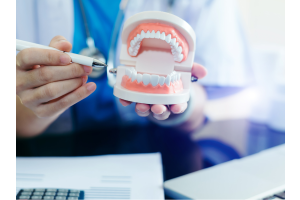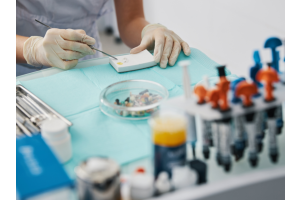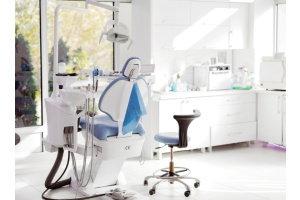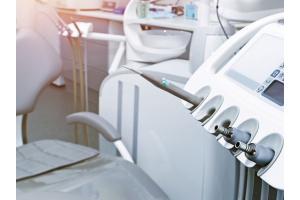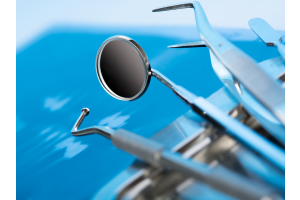How to increase predictability & durability of posterior composite restorations
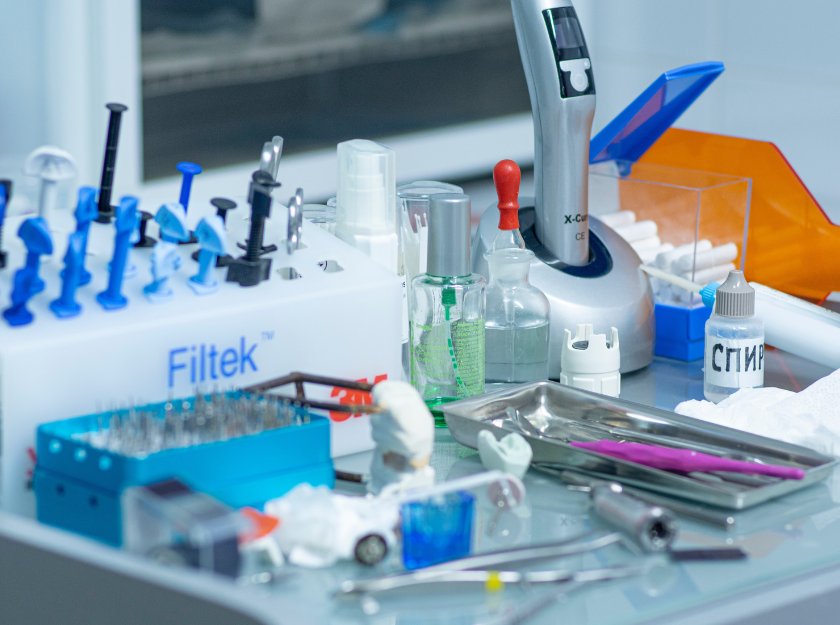
The medical field has been experiencing the ultimate power of composite resins since their starting in the year 1970. They possess a very strong property of being adhesive which allows for highly conservative and non-invasive preparations of the posterior composite restorations. Their esthetic appearance and reasonable cost price add a plus to the charm of all the dentists out there. But one needs to focus on so many families to increase the predictability and durability of the posterior composite restorations. Let's have a look at some of them.
Factors Affecting The Posterior Composite Restorations
1. Posterior Composite Resin Placement Techniques: During light curing and volumetric shrinkage of the composite, the whole focus is given to reducing the composite resin shrinkage which can sometimes lead to stress inside the body. The role of cavity preparation in the whole development process of low-level stresses should be known to clinicians. The ample knowledge of the C-factor (configuration factor) adds a plus to the process of increasing the predictability and durability of posterior composite restorations.
2. Optimising Light-Curing of Posterior Composites: An adequate level of energy is required for the polymerization of the composite resin. To support this, the selection of a light curing unit (LCU) is done for the successful light curing of the posterior composite restorations. It becomes very significant for clinicians to stay familiar with the units they have been and are using because of variability among the light curing devices. It is also up to the clinicians themselves that they can request the manufacturer to provide the light curing capacity of their LCU if required.
3.Isolation Techniques: "Isolation techniques" can also be considered as one of the succeeding factors for the increase in the predictability and durability of posterior composite restorations. For obtained field isolation, the most effective mode that can be used is a rubber dam. However, some evidence shows that the rubber dam is effective only with improved enamel, dentin bonding, and decreased microleakage. To maximize the success of the restorations and increase the predictability and durability of posterior composite restorations, dental practitioners should always use all the possible principles of good isolation.
Get dental bonding cement online.
4. Matrix Systems: For attaining an anatomic proximal contact, some specialized matrix systems have been created by dentists and manufacturers. They are specifically used for the better placement of the silver amalgam. They are also helpful in providing an additional wedging of the teeth for making individual separations. They also ensure the reduced thickness of the matrix band.
5. Survivability of Posterior Composite Resin Restorations: Secondary caries and material fracture are the most common failure modes that can be seen. To solve them, higher rates of restorations have been introduced to the medical field. It actually happens in a rapid progression without causing any kind of delay to other procedures.
For the best quality composite resins, you can visit our website AHPDentals for any dental equipments or any dental handpiece.


